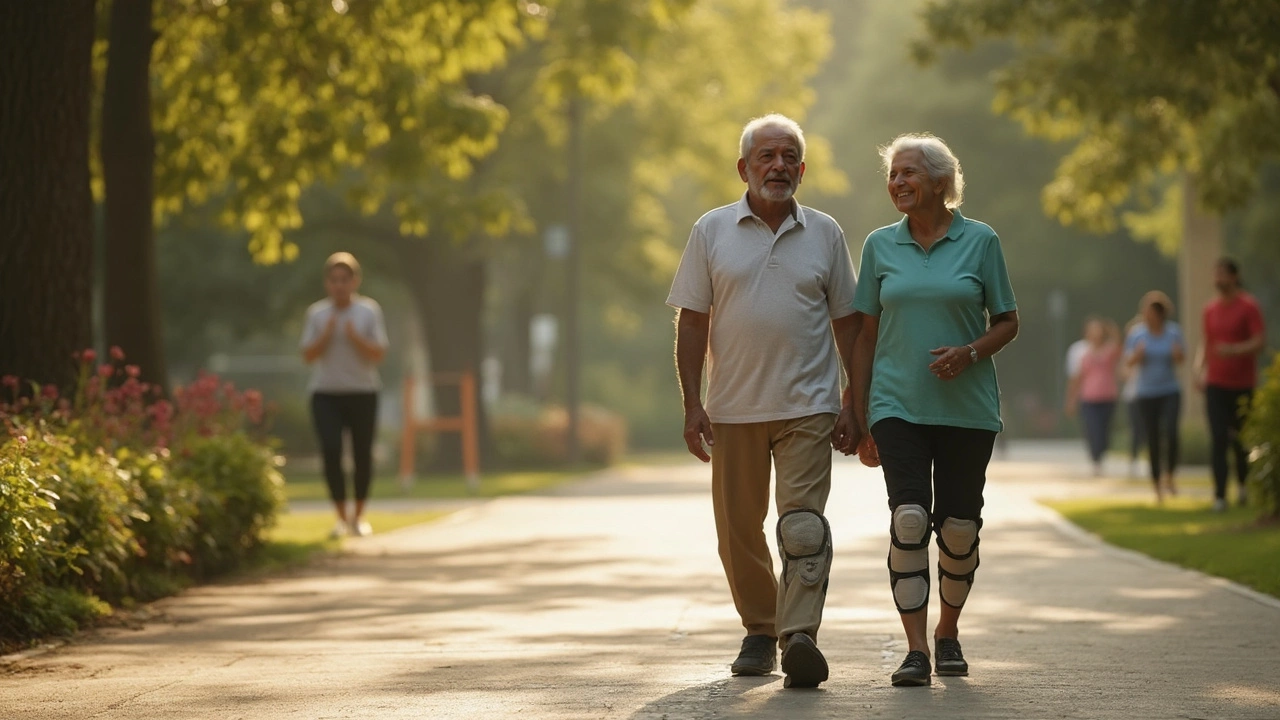Non-surgical Treatment: What It Is and Why It Matters
When exploring Non-surgical treatment, a set of medical approaches that avoid invasive procedures. Also known as conservative therapy, it aims to restore function and relieve pain without cutting, stitching, or implants. Non-surgical treatment isn’t a single method; it pulls together several tools that work together. Physical therapy, targeted exercises, manual techniques, and movement training provides the hands‑on skill work that keeps joints flexible and muscles strong. Medication management, careful selection and dosing of drugs to control pain and inflammation offers the chemical side of relief. Lifestyle modification, diet, sleep, stress reduction, and activity planning shapes the everyday habits that determine long‑term outcomes. Finally, Alternative medicine, herbal remedies, Ayurveda practices, and other non‑pharmacologic options adds extra layers for those who prefer natural routes.
These pieces fit together like a puzzle. Non-surgical treatment encompasses physical therapy, because moving the body correctly reduces the need for an operation. It requires medication management to keep pain at a level where exercise is possible. Lifestyle modification influences treatment outcomes by controlling risk factors such as weight, blood sugar, and stress. And alternative medicine can complement the core plan, especially when patients look for gentle, side‑effect‑free support. The result is a flexible, patient‑centered approach that can be adjusted as recovery progresses.
Key Aspects of a Conservative Care Plan
First, a qualified therapist assesses your movement patterns, strength, and pain triggers. They design a program that might start with low‑impact activities—think swimming or stationary biking—then graduate to weight‑bearing exercises as tolerance builds. This progression mirrors what you’ll see in posts about knee‑replacement rehab, where walking milestones are tracked without a scalpel.
Second, a doctor or pharmacist reviews your medication list. They might prescribe NSAIDs for inflammation, muscle relaxants for spasms, or specific drugs like gabapentin for nerve‑related pain. The goal is to use the lowest effective dose, minimizing side effects that could stall rehab.
Third, lifestyle tweaks come into play. Maintaining a healthy weight eases pressure on joints, while regular sleep supports tissue repair. Articles on weight‑loss drugs such as Zepbound show how even modest dietary changes, paired with medication, can accelerate results without surgery.
Finally, many patients explore alternative routes. Herbs like turmeric, Ayurvedic routines for postpartum care, or simple mindfulness practices can reduce inflammation and improve mental resilience. The collection below includes real‑world advice on these topics, from herbal medicine myths to safe vitamin combos.
Whether you’re coping with orthopedic swelling, managing ADHD symptoms, or looking for cost‑effective cancer pain relief, the non‑surgical toolbox offers options that keep you active and in control. Below you’ll find a curated set of articles that break down each component, share patient stories, and give you step‑by‑step tips you can start using today.

Bone-on-Bone Knee: Can You Really Avoid Surgery?
Wondering if you can live with bone-on-bone knees without surgery? This article digs into whether non-surgical options work, what real pain relief looks like, and how people actually cope with this tough condition. We’ll separate fact from wishful thinking, look at cutting-edge therapies, and share what doctors and real people say about pushing knee replacements further down the road. Expect honest answers and practical tips for living better with bad knees.
read more



